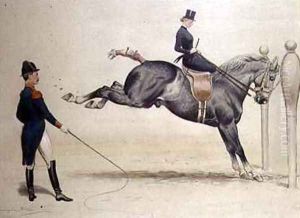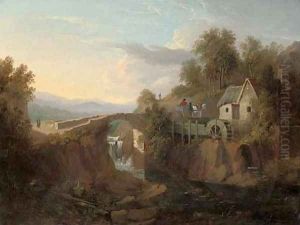John Harrington-Bird Paintings
John Harrington Bird was an English artist known for his landscape paintings and illustrations. Born in 1864 in Wolverhampton, Staffordshire, England, Bird developed an interest in art at a young age. His initial education and exposure to the arts were likely influenced by the rich cultural environment of the region during the Victorian era, which was a period of significant industrial and artistic growth in England.
Bird's artistic career began to take shape in the late 19th century, a time when the art world in Britain was experiencing significant changes with movements such as the Pre-Raphaelites, who emphasized meticulous detail, vibrant colors, and complex compositions, influencing the artistic landscape. Despite these prevailing trends, Bird developed his unique style, focusing on capturing the British countryside with a particular emphasis on accuracy and realism.
Throughout his career, Harrington-Bird exhibited his work widely. His landscapes often depicted rural settings, showcasing his skill in rendering naturalistic light and atmosphere. Bird's paintings were appreciated for their serene beauty and his ability to evoke the character and mood of the English landscape.
John Harrington-Bird's contributions to the art world extended beyond his own practice. He was also involved in the arts community, participating in exhibitions and sharing his expertise with fellow artists and enthusiasts. His work was showcased in various galleries, and he gained a respectable reputation as a landscape painter.
Bird passed away in 1936, leaving behind a legacy of artwork that continued to be admired for its representation of the English countryside. His paintings are held in private collections and have been displayed in galleries and exhibitions, contributing to the ongoing appreciation of traditional landscape painting in British art history.

